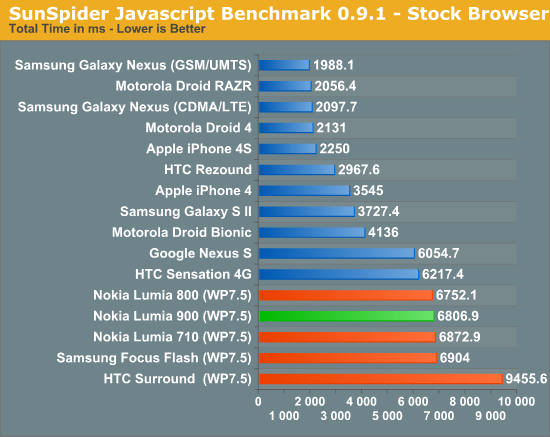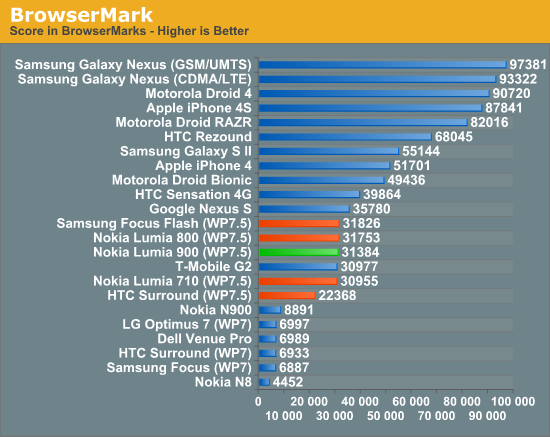french toast
Veteran
Yeah, it's an attempt to compare the user experience of the current "top end" WP7 and Android phones.
What surprises me is that there are areas where my old LG WP7 is noticeably faster at loading stuff than the Lumia 900 in the test (and the S3 for that matter). Falls behind on the web browser of course, but considering that it's 2 years old in November it shows just how well WP7 has aged.
Kind of a shame that no-one gave a damn about it really.
Yea you have shown me something interesting with that info...it mirrors the pc with hdd vs solid state drives...the faster storage often proving the best upgrade for overall system speed than a new processor...
Would you be able to kit a s4 equipped mobo with that nand setup?...


